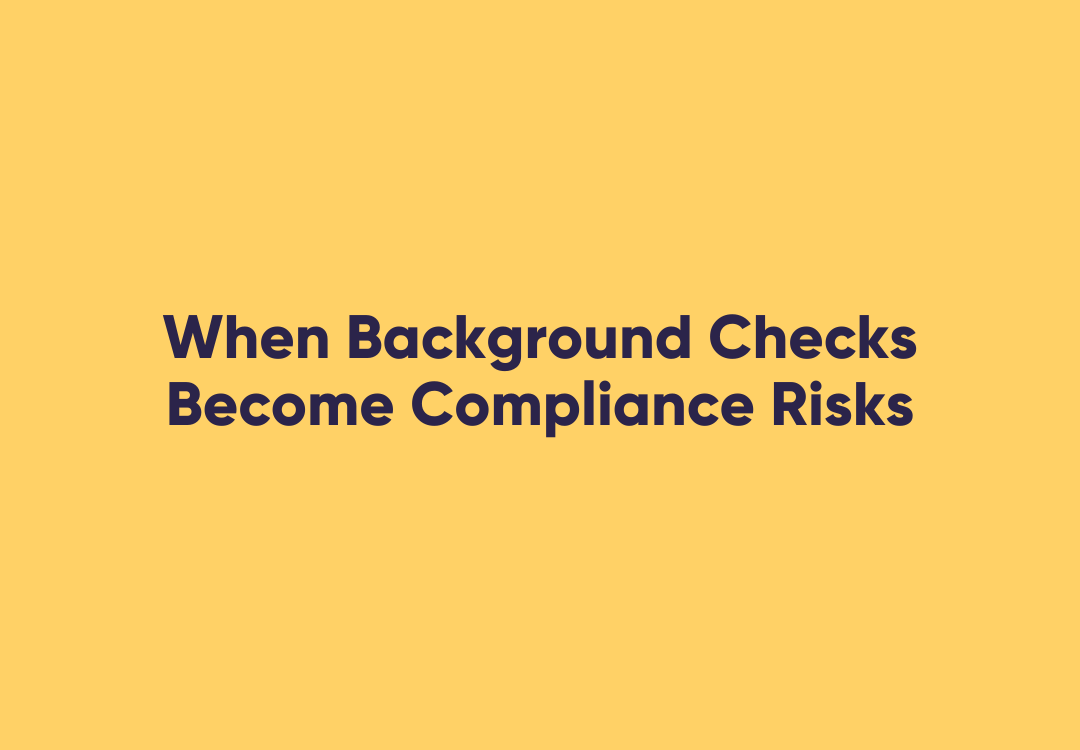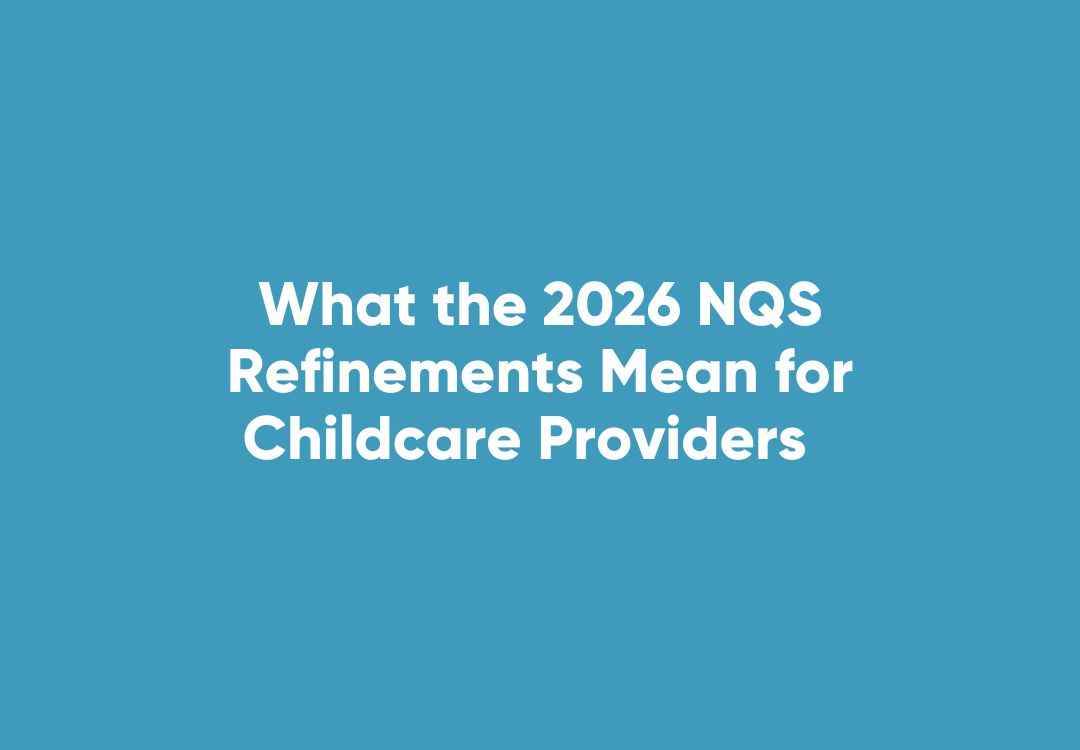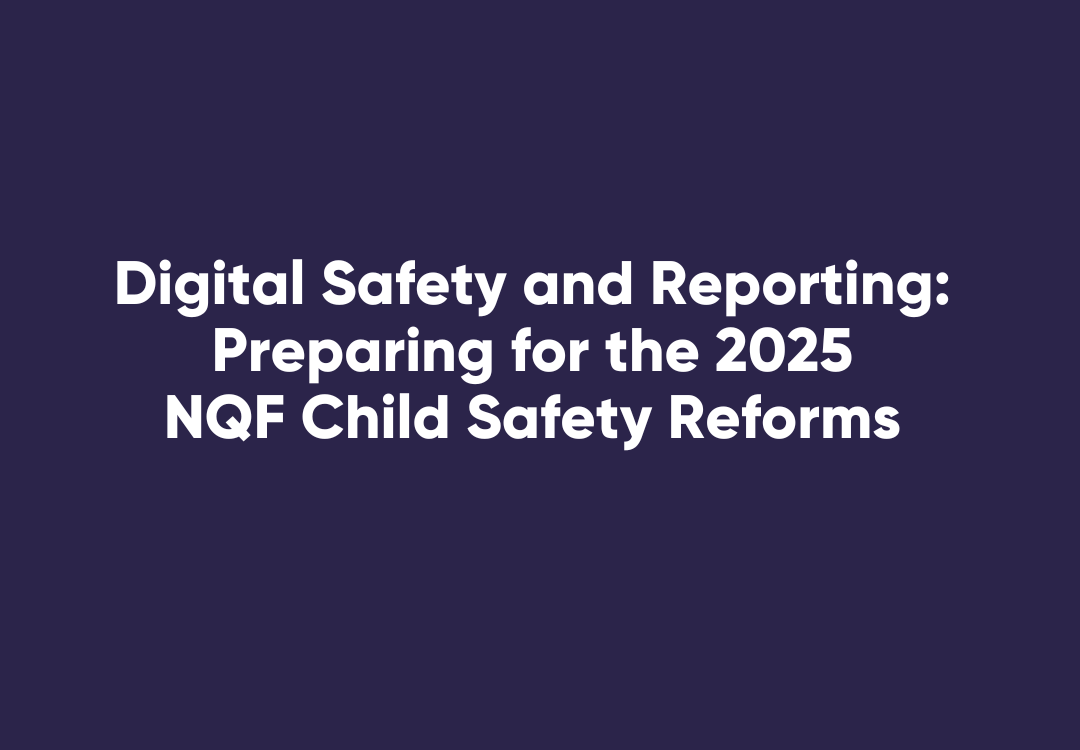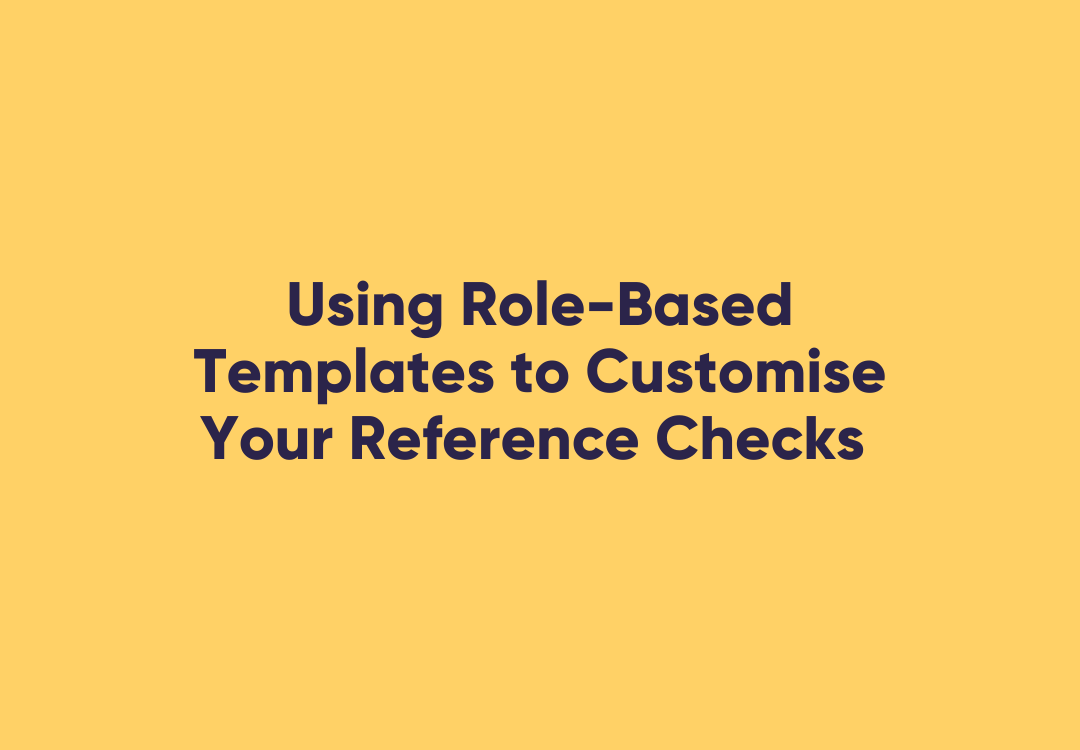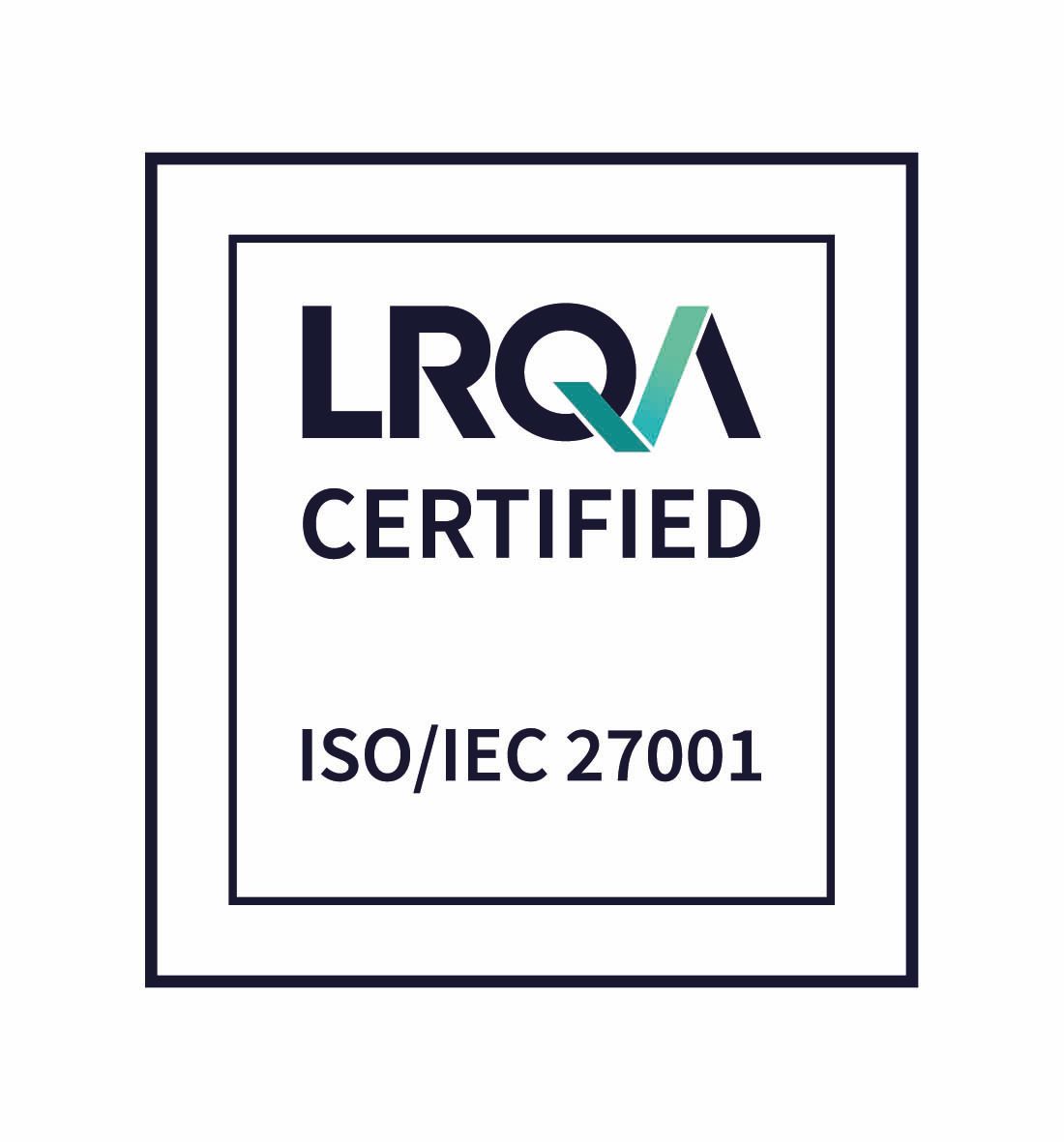How Much Could Health and Safety Incidents Really Cost Your Business?
Health and safety incidents have become the leading source of financial loss for businesses around the globe.
Most business owners/boards consider and have comprehensive coverage for personal indemnity and professional liability, along with quality systems, security and contingencies in place to reduce technology risks such as cyber attacks.
Have you considered your business’ susceptibility to financial loss due to safety incidents? 563,600 people in Australia experienced a work-related injury or illness in FY2017-18, according to the ABS – with the overall cost being an estimated $60.6 billion annually to the Australian economy.
A recent study from the British Standards Institution analysed the risks and threats recognised by 569 organisations around the globe, and compared these to the impact of actual disruptions over the year.
These findings demonstrate that there is a significant gulf between the risks that businesses perceive, and the actual issues that result.
Researchers from the study say that despite the frequency and cumulative cost of safety incidents, organisations continue to incorrectly perceive the risk to their business as low. In fact, businesses ranked safety incidents twelfth on the list of top risks of 2019.
Of those surveyed, organisations suffering losses of more than 7% of annual turnover had cumulative safety incident costs of $1.186 billion in 2018.
So how might your business avoid costly safety incidents?
While the word “accident” might imply that these risks are unpreventable or inevitable, this is far from the truth.
Education – Education is the best way to prevent accidents.
Ensure that workplace safety is consistent and systematic.
Regular conversation can go a long way to making your workforce a safe one, not only protecting your employees, but ultimately keeping costs down.
Building a safety induction for your business means that you can rest assured in the knowledge that everyone in your workforce is on the same page when it comes to safety.
Safe systems of work – You must have safe systems of work in place to eliminate hazards “as far as reasonably practicable”.
This includes assessing the task, identifying the risk, defining the method to undertake the task to mitigate risk, and monitoring the systems in place to continue to control and eliminate the risk.
There are plenty of resources and support available to help you understand, design and implement systems of work – Safe Work Australia and Work Safe Victoria are a great start.
Transparent reporting –
It’s important to ensure your employees feel secure when reporting incidents and improvements.
A recent report from Shine Lawyers found that one in ten employees didn’t report a safety incident for fear of being sacked, and that 5% of employees had been demoted after reporting a safety incident. Implementing a program that encourages workers to report incidents and improvements in order to ensure workplace safety is key.
It’s also crucial to ensure that incident reporting is always simple, available and transparent.
Avoid shortcuts –
It can be tempting to cut corners when time is short.
Time pressures mean people can be stressed, and this often leads to sloppy work practices.
If your employees are in the habit of taking shortcuts when the pressure is on, then dire consequences may follow. Take the example of someone trying to retrieve an object from a high shelf. While normally they would fetch a ladder to reach the object, when in a rush they might literally scale their surroundings in order to retrieve it.
This can lead to falls, shelves collapsing and other consequences – all of which can cause injury, or worse. It’s crucial that your employees aren’t cutting corners, nor should they be expected or encouraged to.
If you’re looking to improve your safety and compliance program, then WorkPro can help.
With a vast module library, a range of diverse and growing background checks, the ability to collect licences, tickets and documents, as well as monitor their currency and expiry dates, WorkPro is designed to make workforce compliance simple.
To find out more, or to sign up for a free trial, click here.





